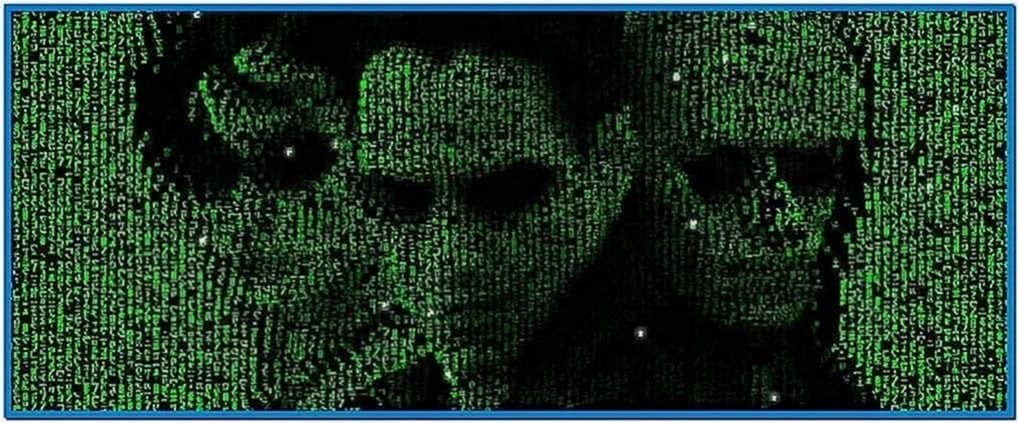Download
Jun 06, 2014 A 3D matrix screensaver based on The Matrix Reloaded. Supports widescreen setups, and can be run on Windows, Mac OSX, Linux, BSD and many other UNIX based operating systems. Cyclone 10.6 This is a ScreenSaver Module for Mac OS X. Cyclone is a screen saver for OS X v10.8 or later. It makes tornadoes on your screen. This is the OS X port of the Windows OpenGL screen saver made by Terence M. GL Screensavers 1.0 The GL Screensavers package contains 5 OpenGL 3d screensaver modules ported to Mac OS X from the XScreenSaver distribution. IPod Suite 5.6.3.16 iPod Video Converter Suite is an all-in-one iPod video solution. IPod Suite 5.6.3.16 iPod Video Converter Suite is an all-in-one iPod video solution. Assimilator 1.2.
Matrix Gl Screensaver Mac Os
The GL Screensavers package contains 5 OpenGL 3d screensaver modules ported to Mac OS X from the XScreenSaver distribution.
Oct 06, 2009 Matrix GL is a three-dimensional screensaver based on “The Matrix Reloaded. For running it you need a graphics card with an OpenGL support. Matrix Reloaded GL is a screensaver module for Mac OS X. It's a port of the Windows/Linux OpenGL ScreenSaver made by Alex Zolotov.
|
The GL Screensavers package contains 5 OpenGL 3d screensaver modules ported to Mac OS X from the XScreenSaver distribution. To install them, open the 'Modules' folder in the disk image and copy the files in that folder to the 'Screen Savers' folder in the 'Library' folder of your home directory. (Create the 'Screen Savers' folder if it does not exist). After you do this, the screensavers should appear in the 'Screen Saver' pane in System Preferences. Additionally, all the screensavers have been verified to run well in SaverLab. For best results, Mac OS X 10.1 or later and an OpenGL accelerated graphics card are strongly recommended.
The following is a brief description of each screensaver module:
Impossible Cage: Displays a rotating cube whose edges cross each other in a physically impossible manner.
Circuit: Displays moving and rotating electrical components such as resistors, chips, and LEDs. You can configure the number of pieces and whether they spin as they move.
Infinite Stairs: Displays and rotates a staircase whose stairs appear to be constantly ascending.
Moebius Ants: Displays a Moebius strip with ants marching on it. Configuration options allow you to display a solid or wireframe strip and to hide the ants.
Rubik: Displays a rotating Rubik's Cube which repeatedly shuffles and solves itself. You can configure the number of random moves made when shuffling, and change the size of the cube up to 8x8x8.
By default, on multiple monitor systems only the main monitor will run the screensaver; others will be blank. If you check the 'Use All Screens' checkbox which appears in each of the configuration sheets, the screensavers will run on all screens. Generally you should not run on all monitors unless all of them support OpenGL acceleration.
Requirements:
OpenGL accelerated graphics card.
Summary
Matrixgl is a free, open source 3D screensaver based on The Matrix Reloaded. It supports widescreen setups, and can be run on Windows, Mac OSX, Linux, BSD, and many other Unix based operating systems.

History
The matrixgl 2.x series is based on the original version 1.0 screensaver from Knoppix.ru. It was written by brothers Alexander and Eugene Zolotov back in 2003. Vincent Launchbury is now maintaining the project, with the goals of:
Matrix Gl Screensaver Mac Download
- Fixing bugs, and making it run more smoothly.
- Improving portability, so that it can run on more operating systems.
- Adding new features and a larger variety of images.
Download
The latest stable version is Matrixgl 2.3.2
Matrix Gl Screensaver Mac Osx
Windows
Download the Windows Installer, run it, and follow the on screen instructions to install. Then, right click on the Desktop, select properties, and select Matrixgl under the screensavers tab.
Screensaver
Mac OSX
Matrix Gl Screensaver Mac Os
Download Stephane Sudre's Mac port, and follow the instructions in the provided readme.
Unix/GNU/Linux/BSD
If you get the source package, open a terminal in your download directory and type the following: